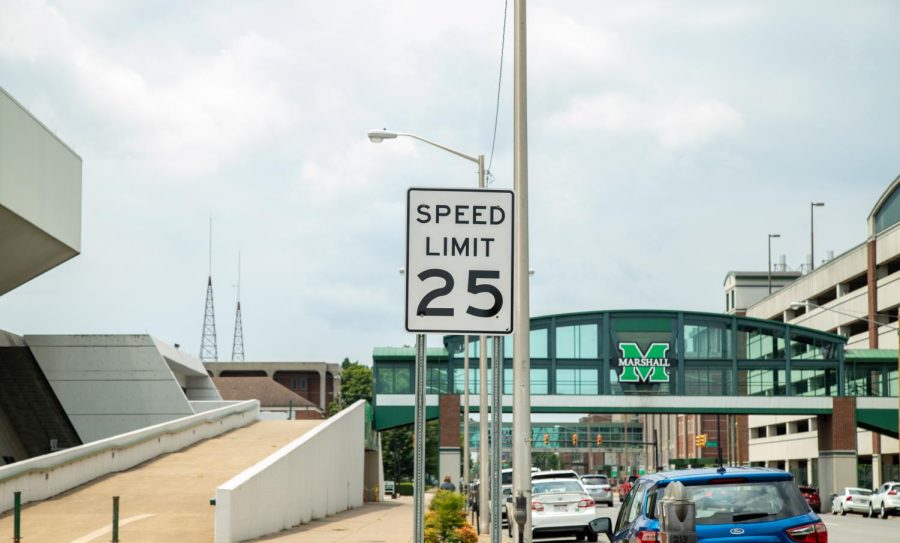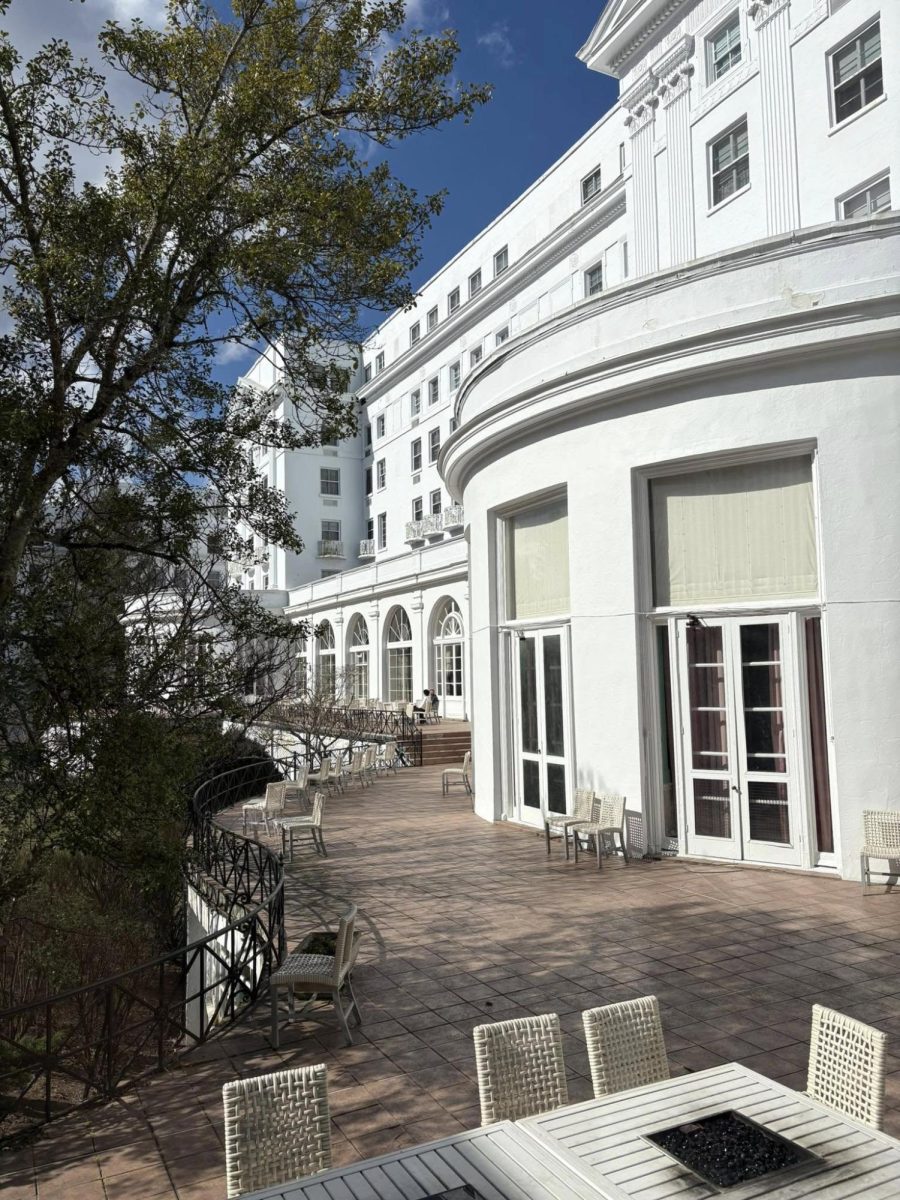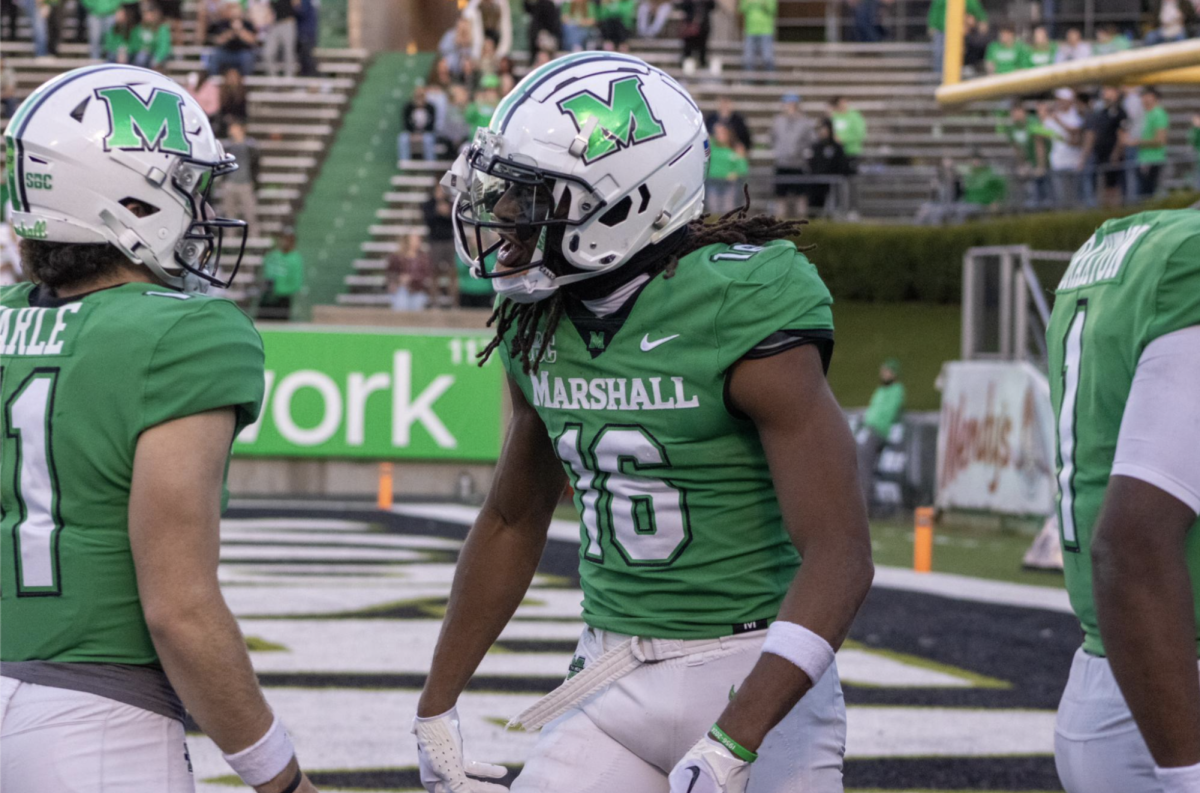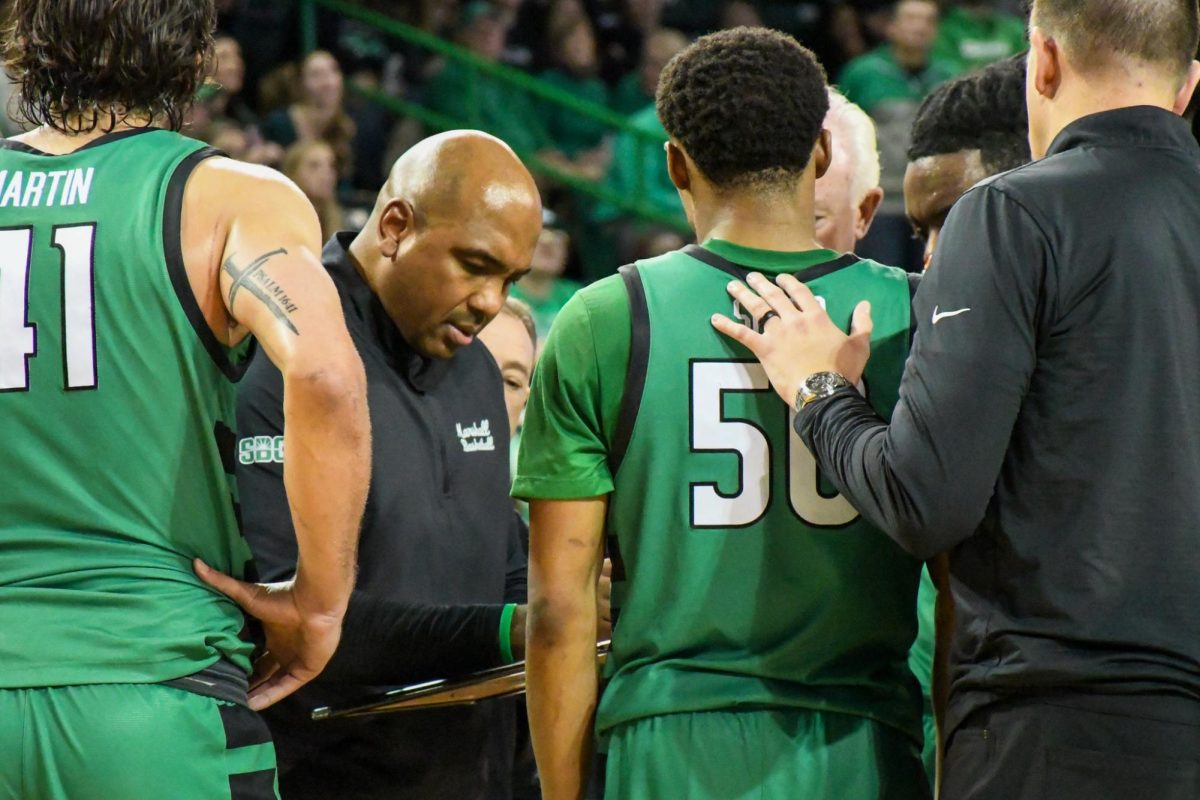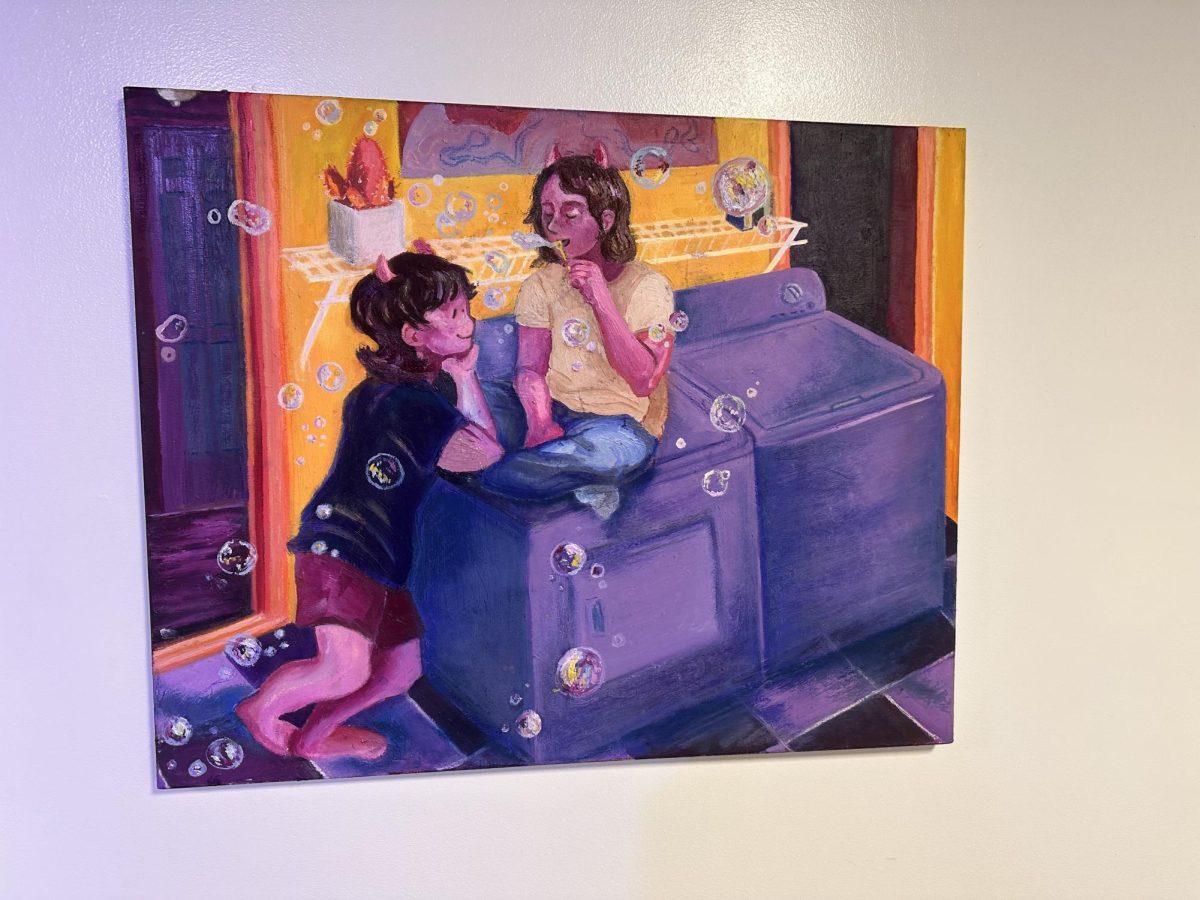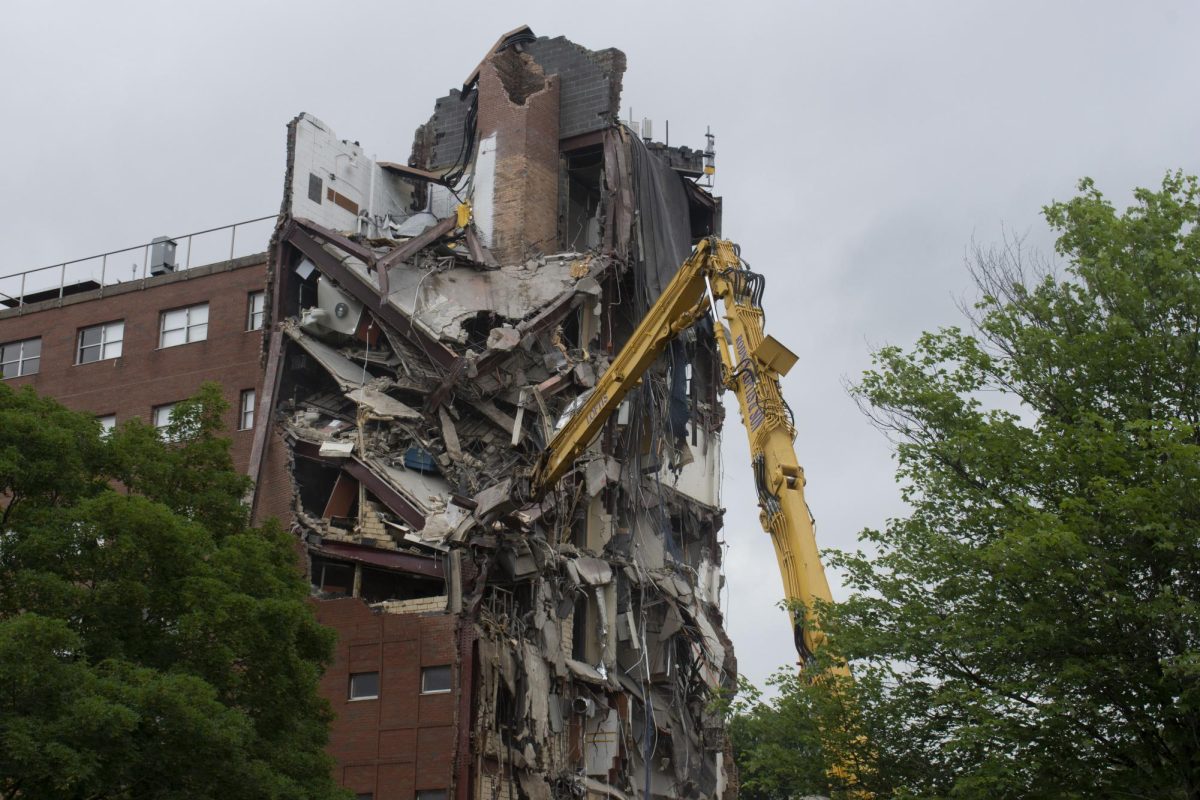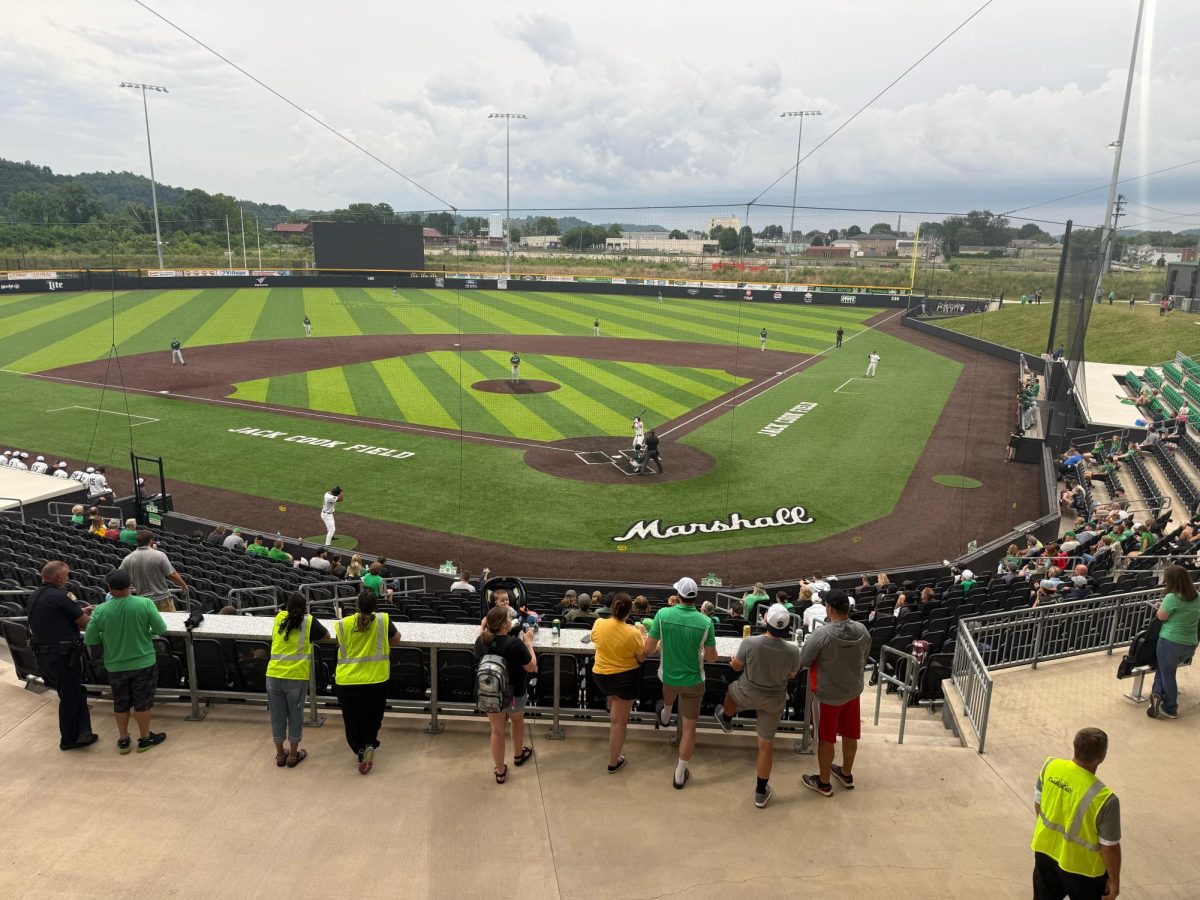EDITORIAL: Pedestrian Safety Month Has More to Do With Cars and Less to Do With Pedestrians
October 19, 2022
Since the tragic death of a Marshall student crossing 3rd Avenue last fall, several measures have been taken to increase pedestrian safety around the Huntington campus.
Speed limits on 3rd and 5th Avenues were lowered from 35 miles per hour to 25, and a crosswalk was constructed on 20th Street between the football stadium parking lot and the edge of campus by the rec center.
Marshall has chosen October as “Pedestrian Safety Month” and promoted ways students can be safer crossing the street, like ensuring students press the button to illuminate the flashing lights on the aforementioned crosswalk on 20th with a skit including Marco on the university’s TikTok page.
All of these efforts are well-intentioned; however, they shift the responsibility incorrectly toward pedestrians and away from drivers.
Drivers, and generally poor pedestrian infrastructure, are the real issue to be concerned with keeping students safe walking across streets. Drivers are still consistently going significantly over the 25 miles per hour speed limit, not stopping at the crosswalk even when pedestrians are present and making dangerous right-on-red turns when pedestrians have the right of way.
After the initial weeks of the semester, police presence significantly dropped, and drivers have had no reason to not speed.
Spend any time observing traffic around Marshall and this clearly is the case.
It should be noted that this is not the university’s fault. The United States has an atrocious reputation for pedestrian safety and a general lack of pedestrian infrastructure in many cities. Additionally, the U.S. car culture prioritizes car speed and views pedestrians as an inconvenience.
In Salt Lake City, instead of slowing down traffic and ensuring they stop for pedestrians, the city installed orange flags for pedestrians to carry as they cross the street. This is a perfect example of the backward nature of U.S. city planning.
Pedestrian deaths have increased by 50% in the U.S. since 2009, and although it is difficult to determine only one explanation, it is obvious that cities and communities are still reliant on cars.
The city, state and university should consider more approaches to slow traffic and create a pedestrian-first environment. This includes reducing lanes on 3rd and 5th Avenues and putting speed bumps before crosswalks.
The Netherlands frequently uses raised crosswalks where sidewalks are at a continuously raised level across the intersection. This acts as a natural speed bump for cars, but also impresses the accessibility of those in wheelchairs. Innovative and proven concepts like these should be more frequently considered in American urban planning.
Universities are often safe havens for walkable communities in the United States, and it is essential to protect and expand the pedestrian infrastructure these areas have. As more thought is given to the streets around the university, consider the tried and true methods of calming the loud and fast traffic surrounding campus.


